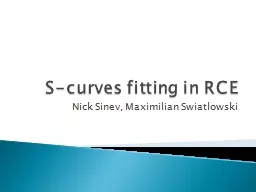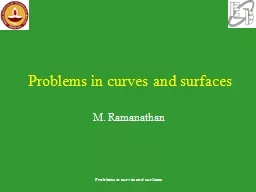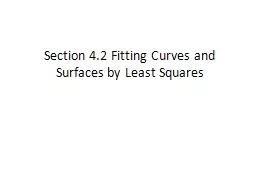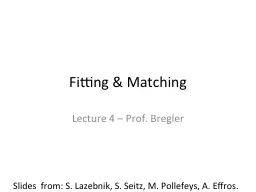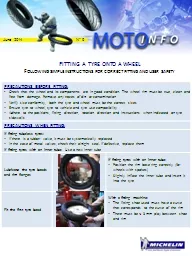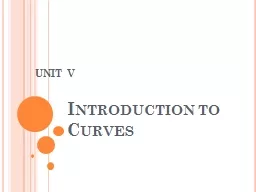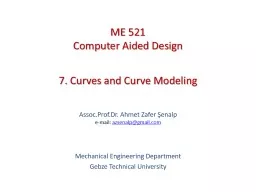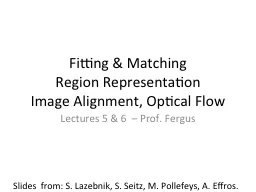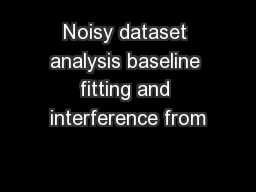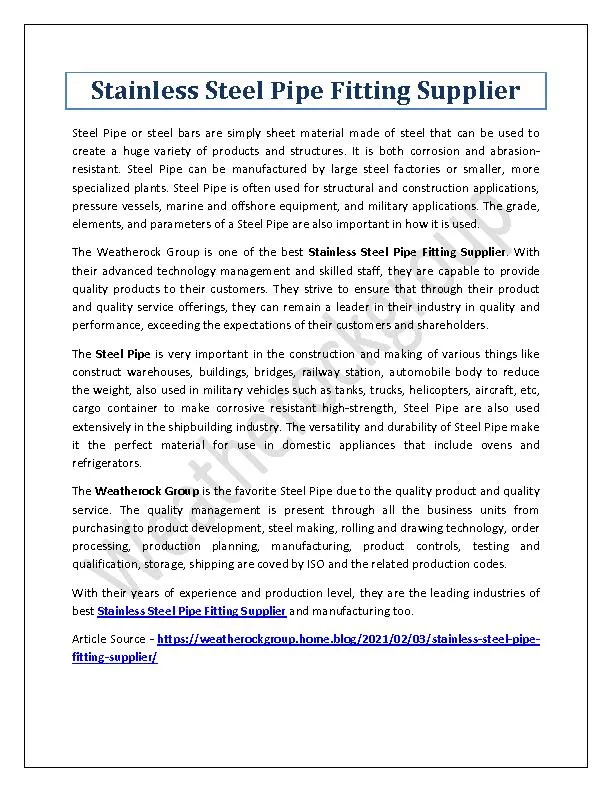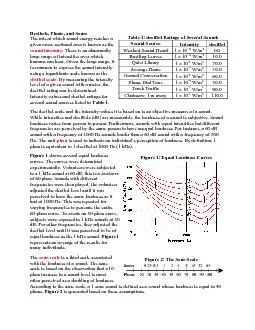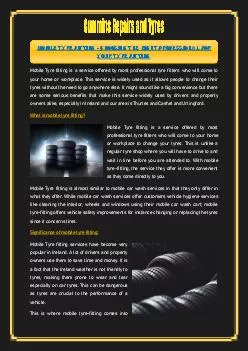PPT-S-curves fitting in RCE
Author : pasty-toler | Published Date : 2016-04-19
Nick Sinev Maximilian Swiatlowski The most of the code fitintc was written by MSwiatlowski I have optimized its speed by minimizing number of multiplications
Presentation Embed Code
Download Presentation
Download Presentation The PPT/PDF document "S-curves fitting in RCE" is the property of its rightful owner. Permission is granted to download and print the materials on this website for personal, non-commercial use only, and to display it on your personal computer provided you do not modify the materials and that you retain all copyright notices contained in the materials. By downloading content from our website, you accept the terms of this agreement.
S-curves fitting in RCE: Transcript
Download Rules Of Document
"S-curves fitting in RCE"The content belongs to its owner. You may download and print it for personal use, without modification, and keep all copyright notices. By downloading, you agree to these terms.
Related Documents

